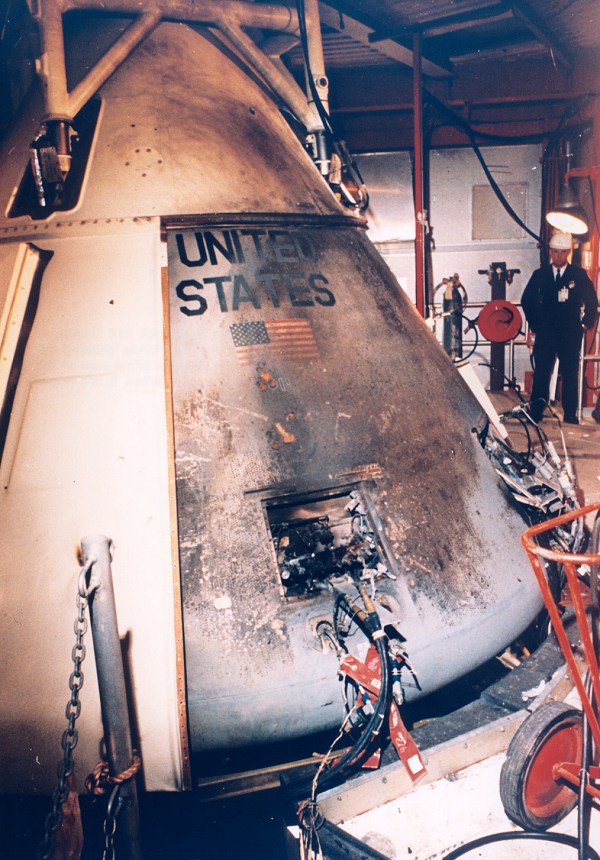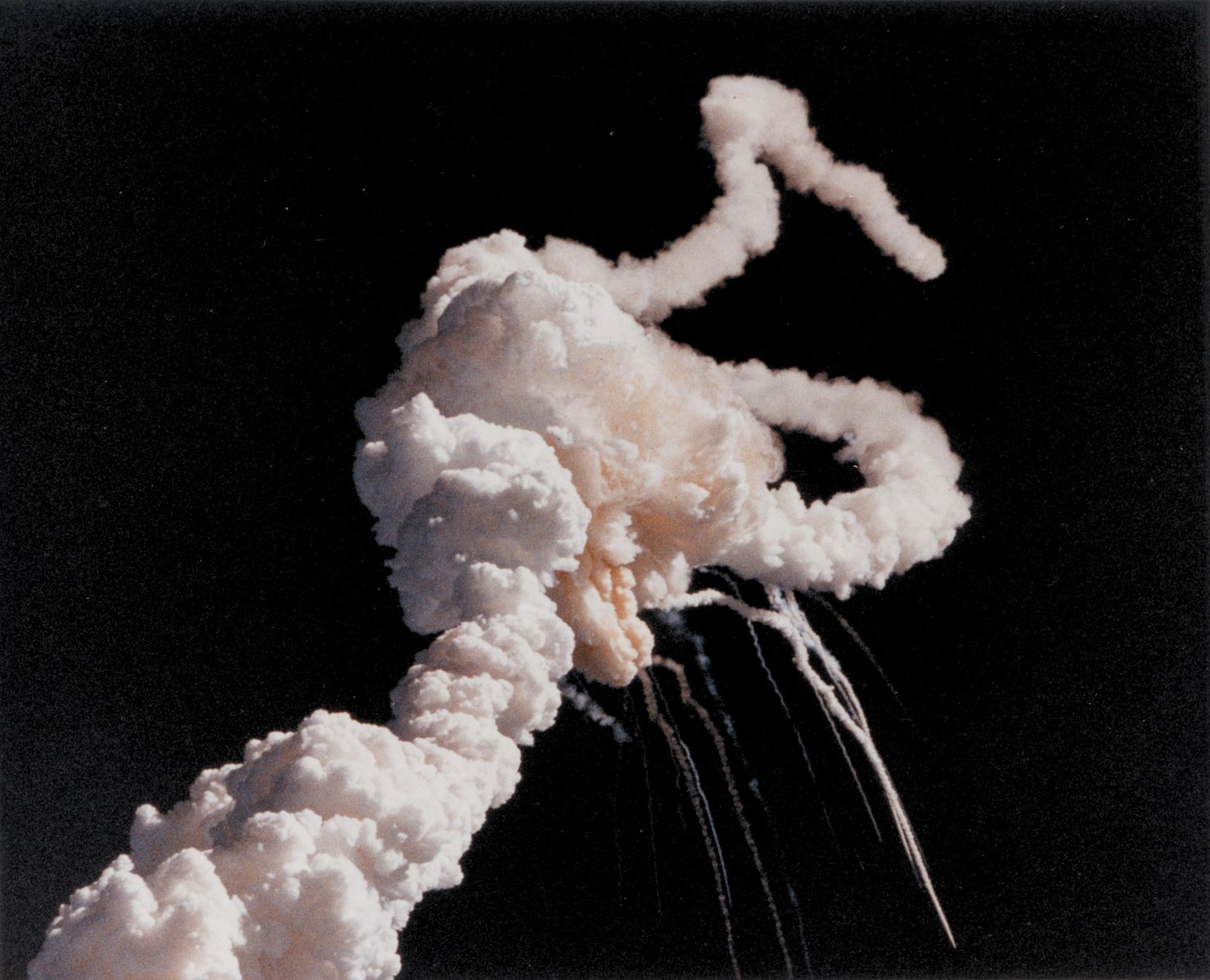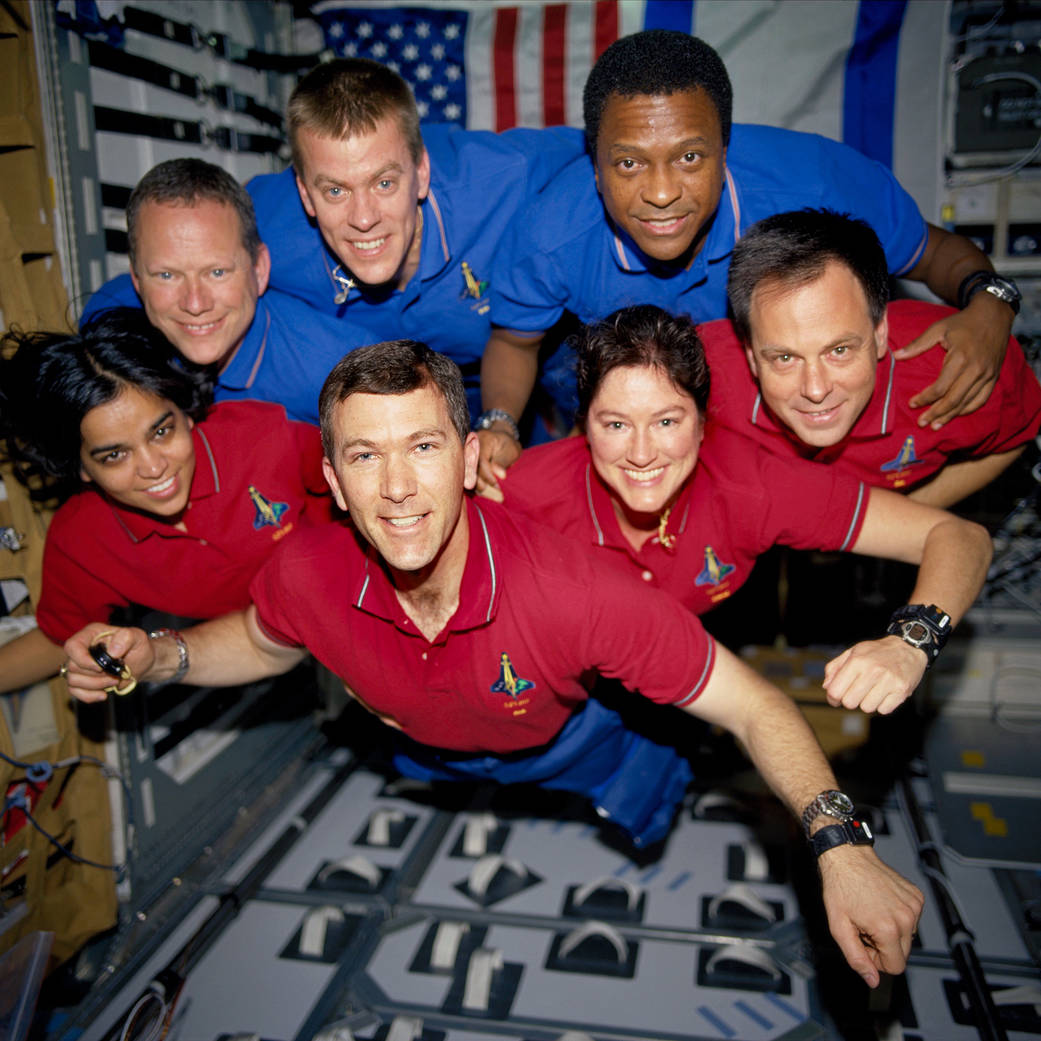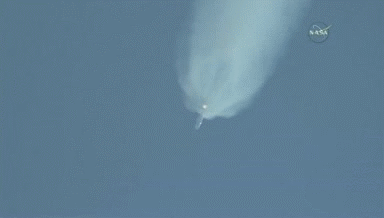5 important space tragedies
by Ailsa Harvey · 19/03/2021
What did these events teach us about spaceflight?

1967: Apollo 1 fire
NASA’s first manned Apollo spaceflight was set to be a practice launch to space for the first Moon landing, but while still on the ground the three astronauts inside were engulfed in a fatal fire. Flaws including flammable materials in the spacecraft and a difficult emergency escape were redesigned to create safer environments for future Apollo flights.
(Image credit: NASA/ Wikimedia Commons)

1967: Soyuz 1 experiment
Sadly demonstrating the dangers of spaceflight under political pressure, a Soviet craft carried cosmonaut Vladimir Komarov to his death. 203 technical issues were reported before liftoff, but the flight went ahead anyway in an attempt to overtake the US in the Space Race. When Komarov’s parachute failed to open, he became the first person to die during a mission.
(Image credit: Alexander Mokletsov / Александр Моклецов)

1986: Challenger's final flight
The Challenger Space Shuttle had successfully become the second to fly to space, but on its tenth mission, disaster struck. 73 seconds after liftoff, the shuttle broke apart due to cold weather impacting the rocket’s rubber seals. These sealed the fuel segments inside the rocket, but in the extreme cold the rubber seals became too stiff, resulting in a fuel leak. The resulting investigation recommended that NASA install and improve safety features on the shuttles as well as its management of future missions.
(Image credit: NASA/ Wikimedia Commons)

2003: Columbia
When Space Shuttle Columbia re-entered Earth’s atmosphere after its 28th mission it was torn apart, taking the lives of its seven crew members. In the following two years, NASA’s investigation found that a hole on the left wing allowed atmospheric gases to enter the shuttle. The disaster showed how a small area of damage could result in complete devastation.
(Image credit: NASA)

2015: Falcon 9
Aerospace company SpaceX had a mishap with one of its launching rockets in 2015 when a steel strut which was holding helium snapped, triggering an explosion. The private company became more wary of who it used as suppliers and closely monitored the condition of all small parts.
(Image credit: NASA TV)
For more science and technology articles, pick up the latest copy of How It Works from all good retailers or from our website now. If you have a tablet or smartphone, you can also download the digital version onto your iOS or Android device. To make sure you never miss an issue of How It Works magazine, subscribe today!





